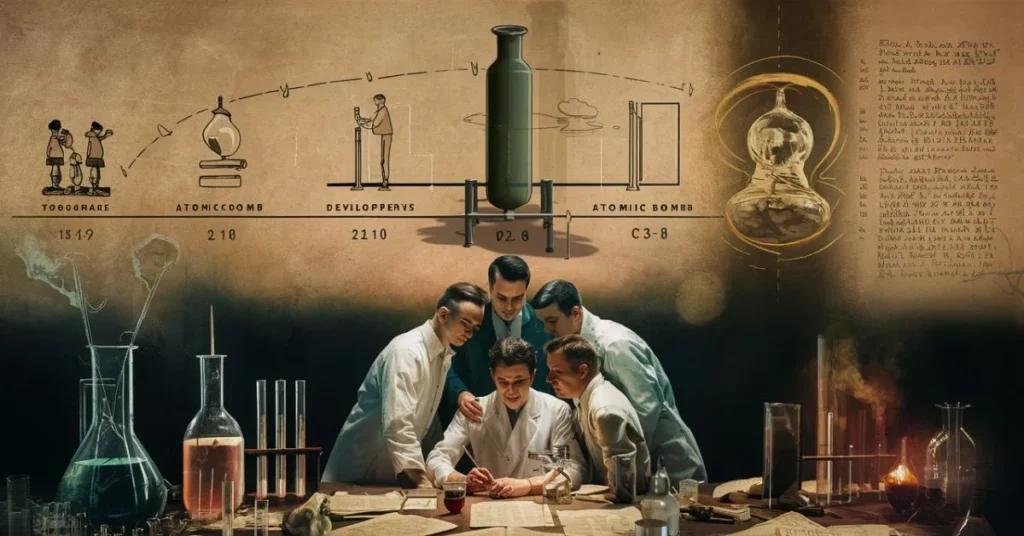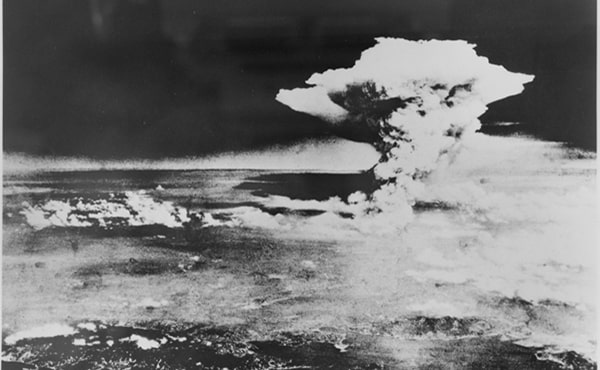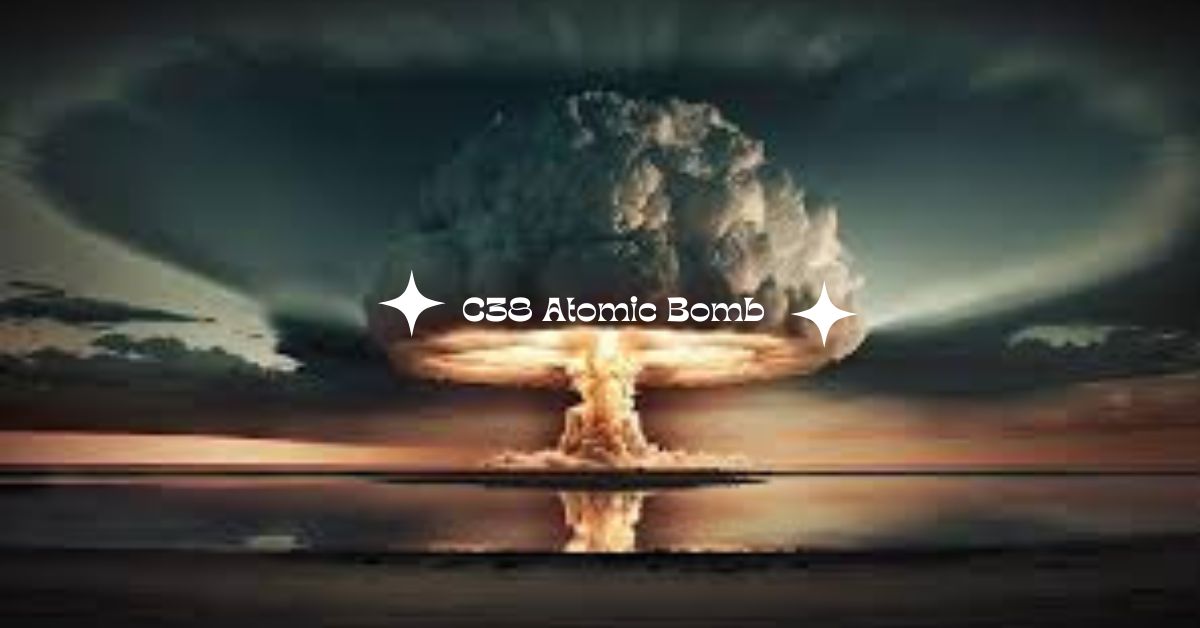C38 Atomic Bomb – Understanding Its Origins and Impact!
When it comes to historical and technical enigmas, few topics are as fascinating and complex as the development of nuclear weapons. The term “C38 atomic bomb” might sound like a piece of esoteric jargon or a classified project, and I admit, it intrigued me just as much when I first stumbled upon it.
The “C38 Atomic Bomb” is a device purportedly developed in a secretive, alternate-history scenario. Allegedly, it was a breakthrough in nuclear technology, boasting a more compact design and enhanced yield compared to previous models.
In this post, we’ll explore what we know about this enigmatic term, how it fits into the broader narrative of atomic research, and why it remains a topic of interest.
The Origins of the C38 Atomic Bomb – A Glimpse into Early Nuclear Development!
The development of atomic bombs began during World War II, primarily through the efforts of the United States’ Manhattan Project. The goal was to create a new type of weapon that harnessed the power of nuclear fission.
The first successful test of an atomic bomb occurred on July 16, 1945, in the New Mexico desert, marking the beginning of the nuclear age.During the development of nuclear weapons, various projects and prototypes were given code names for security reasons.

While “C38” may not be a widely known designation, it is possible that it refers to a specific project or prototype within the larger framework of nuclear weapons development. Understanding the significance of code names helps in appreciating the complexity and secrecy involved in these projects.
Technical Specifications of the C38 Atomic Bomb – Design, Yield, and Power Insights!
Design and Mechanism
Atomic bombs work by initiating a chain reaction of nuclear fission. This process involves splitting the nuclei of heavy atoms, such as uranium-235 or plutonium-239, releasing an enormous amount of energy. The design of an atomic bomb typically includes a core of fissile material, surrounded by conventional explosives that compress the core and initiate the fission reaction.
Yield and Destructive Power
The yield of an atomic bomb refers to the amount of energy released during its explosion, typically measured in kilotons or megatons of TNT.
Early atomic bombs, like those dropped on Hiroshima and Nagasaki, had yields of approximately 15 and 21 kilotons, respectively.

The yield of the C38 atomic bomb, while not specified in historical records, would likely fall within this range, given the technological limitations of the time.
Military Applications of the C38 Atomic Bomb:
The primary purpose of developing atomic bombs was their use as powerful weapons of war. The bombs dropped on Hiroshima and Nagasaki in August 1945 demonstrated their devastating power, leading to Japan’s surrender and the end of World War II. The introduction of atomic bombs fundamentally changed military strategy and international relations, as nations recognized the potential for unprecedented destruction.
Political and Ethical Considerations:
The use of atomic bombs raised significant ethical and political questions. The immense loss of life and long-term environmental damage caused by these weapons sparked debates about the morality of their use. Additionally, the proliferation of nuclear weapons became a major concern, leading to efforts to control and limit their spread through treaties and international agreements.
The Legacy of the C38 Atomic Bomb:
The development of the C38 atomic bomb and other early nuclear weapons paved the way for significant advancements in nuclear technology.
These advancements included the development of thermonuclear (hydrogen) bombs, which utilize fusion reactions to achieve much higher yields than fission bombs.

The research and experimentation conducted during the early years of nuclear weapons development contributed to a deeper understanding of nuclear physics and its potential applications.
Global Efforts for Nuclear Disarmament:
In the decades following World War II, the international community has made numerous efforts to promote nuclear disarmament and prevent the use of nuclear weapons.
Key agreements, such as the Nuclear Non-Proliferation Treaty (NPT) and various arms reduction treaties between the United States and Russia, aim to reduce the number of nuclear weapons and prevent their spread to additional countries.
Frequently Asked Questions (FAQs)
1. What is the C38 atomic bomb?
The C38 atomic bomb likely refers to a specific project or prototype within the broader context of nuclear weapons development during the early years of the atomic age.
It may not be a widely recognized designation but represents the complex and secretive nature of atomic bomb research.
2. How do atomic bombs work?
Atomic bombs work by initiating a chain reaction of nuclear fission, where the nuclei of heavy atoms, such as uranium or plutonium, are split, releasing a massive amount of energy. This energy is then released in the form of an explosion.
3. What was the yield of early atomic bombs?
The early atomic bombs, such as those dropped on Hiroshima and Nagasaki, had yields of approximately 15 and 21 kilotons of TNT, respectively. The yield of the C38 atomic bomb would likely be within a similar range.
4. Why were atomic bombs developed?
Atomic bombs were developed primarily as powerful weapons of war. Their use during World War II demonstrated their devastating power, leading to significant changes in military strategy and international relations.
5. What are the ethical concerns surrounding atomic bombs?
The use of atomic bombs raised significant ethical concerns due to the immense loss of life and long-term environmental damage they cause.
These concerns have led to ongoing debates about the morality of using such weapons and efforts to control and limit their spread.
6. What efforts have been made for nuclear disarmament?
Global efforts for nuclear disarmament include key agreements such as the Nuclear Non-Proliferation Treaty (NPT) and various arms reduction treaties. These efforts aim to reduce the number of nuclear weapons and prevent their spread to additional countries.
Conclusion
The C38 atomic bomb might not be well-known, but it’s an important part of the history of nuclear weapons. Learning about where it came from, how it was built, and why it matters helps us understand the bigger picture of atomic bomb development.
This knowledge is important as we deal with issues like nuclear spread and efforts to reduce nuclear weapons, and it helps us think about the early days of these powerful weapons.






